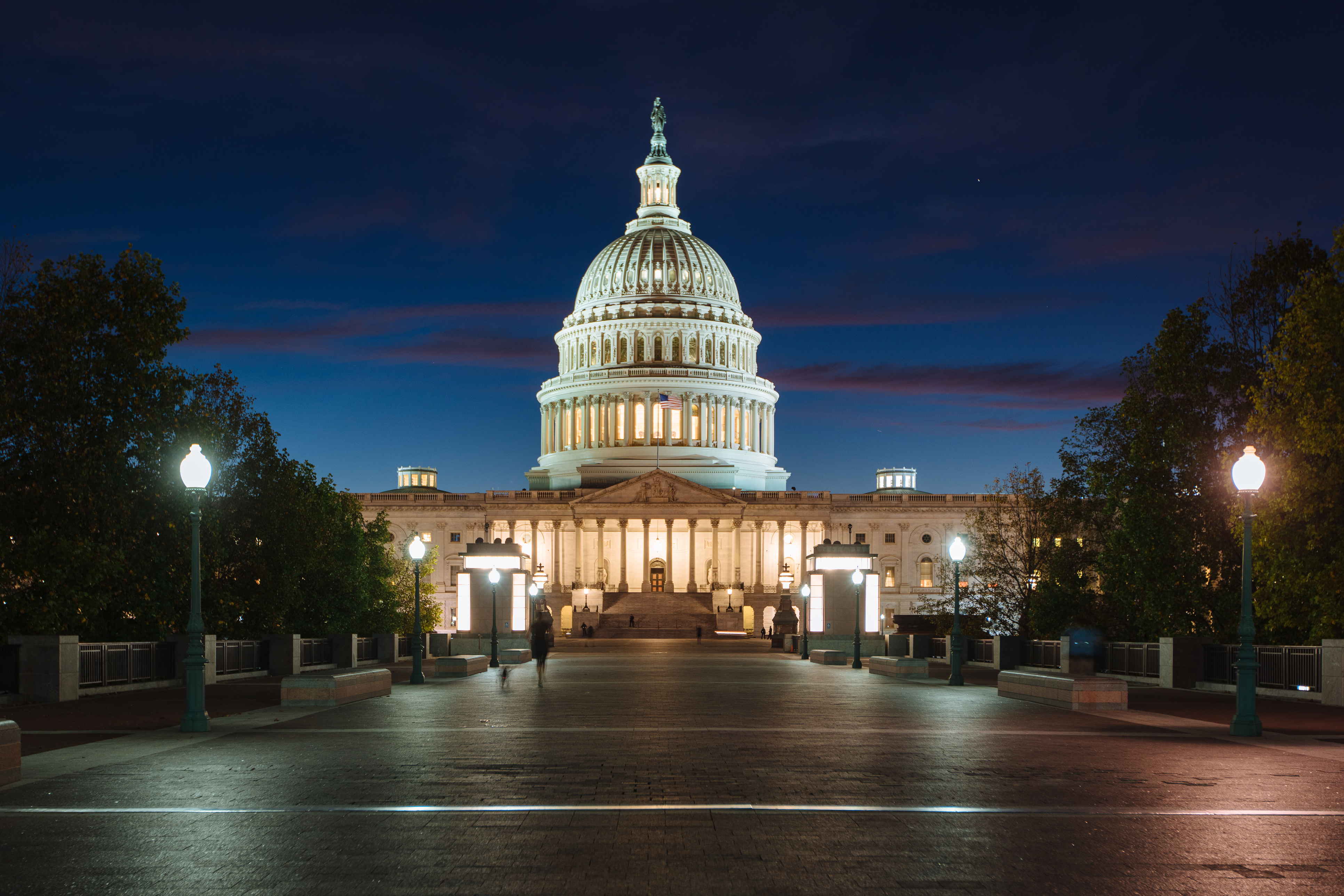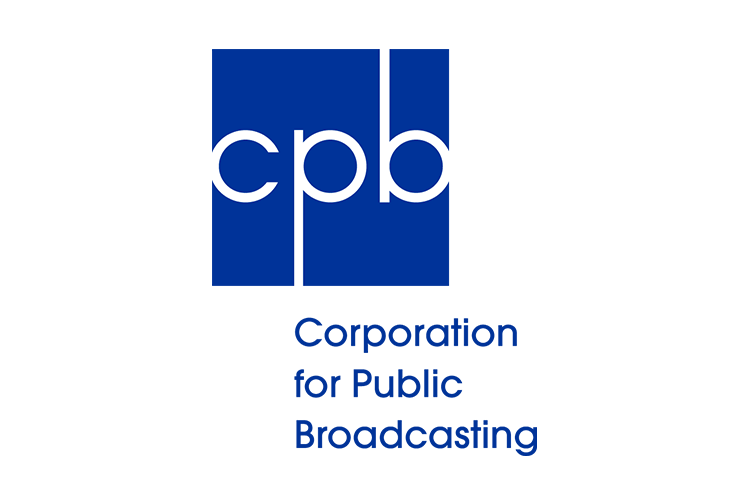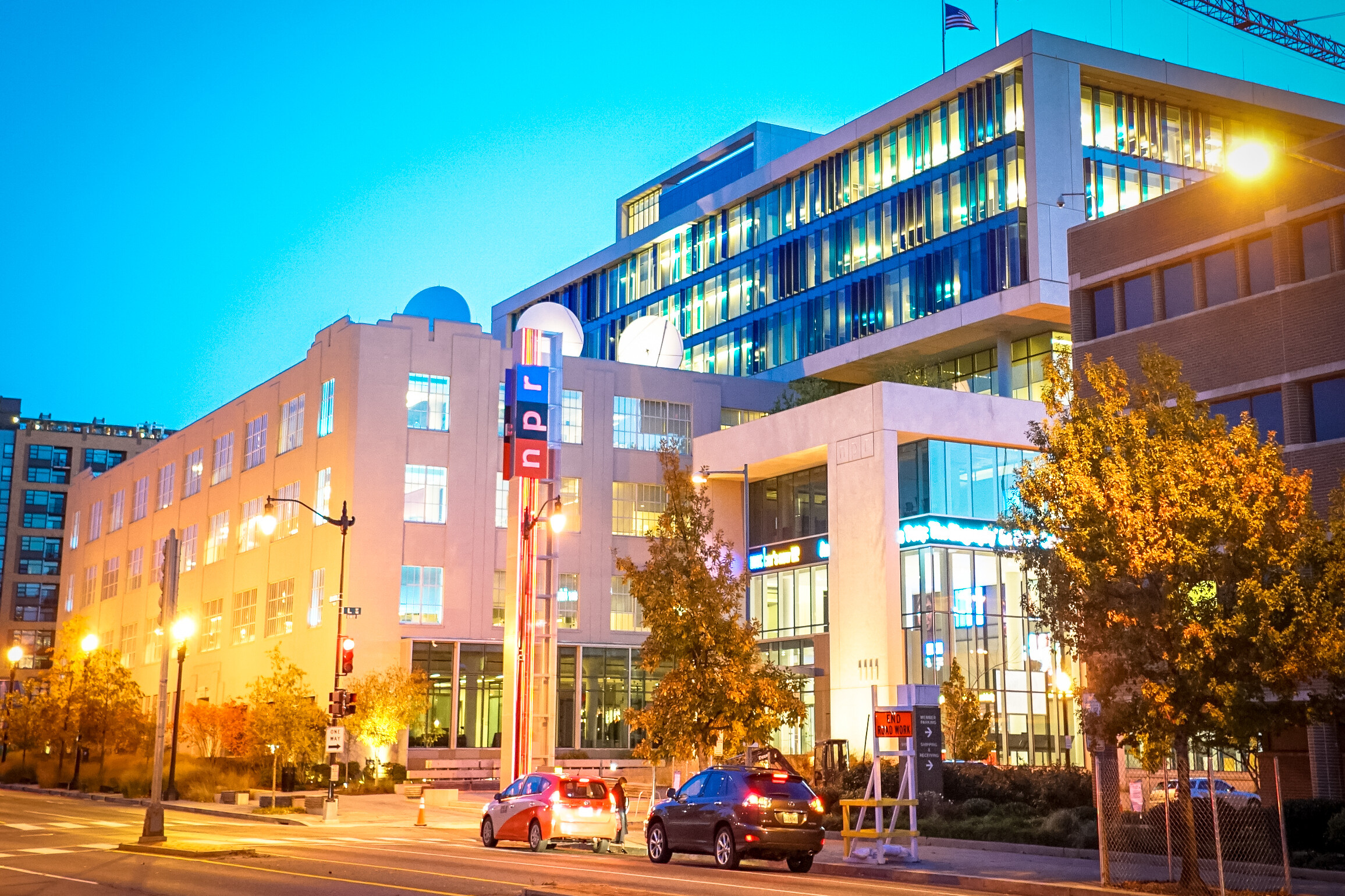From funding adjustments to new streaming platforms, what’s new in the world of American public media?
Despite substantial funding and competitive pressures, public media in the US continues to fulfil its essential role in supporting democracy. Here, we round up just some of the key issues that US public media have encountered since the assurance for for FY2020 funding was announced in June.
U.S. Funding changes
Despite President Donald Trump’s recommendation to cut federal funding for public media earlier this year, the House of Representatives approved a proposed funding bill on 19 June, which even included a funding increase. A total of $495 million will be given to the Corporation for Public Broadcasting, an increase of $50 million for their FY2022 advance appropriation.
Patricia Harrison, CEO of CPB said “The Public Broadcasting Act directs the majority of this increase to the nearly 1,500 locally owned public media stations, allowing them to create additional educational resources, prepare job seekers for in-demand careers, and strengthen local journalism, and expand authentic storytelling, and content-driven engagement.”$247.81million will go towards public television station and programming grants, while $110.14million will go towards public radio stations and programming grants, leaving the remaining $24.75 million (six percent) for system support. Seventy percent of this total appropriation funding will go directly to local public radio and television stations.
Alaska Funding vetoed
Despite a positive change of direction for overall federal support for public media funding, legislators have not been able to overturn Governor Mike Delaney’s veto on the $2.7million legislated for public broadcasters in Alaska, a similar amount to which they received last year. Deleany explained funding for public broadcasters can “no longer be sustained” however, he also stated that “we believe the Alaska Public Broadcasting, Inc.will continue to provide services to Alaskans and will prioritise its services so it reaches Alaskan communities that need news and information the most’.
Alaska Public Broadcasting inc. is meeting in November to “discuss collaborations, fundraising and capacity building together” Kabler said to Current. This funding cut would range from ‘devastating’ for small and medium-sized stations to ‘causing single-digit losses as a percentage of total revenue’ at larger stations, Mollie Kabler, executive director of Alaska Public Broadcasting, said. A spokesperson for KBBR, a public radio station in Homer, stated that ‘while we will make every attempt to maintain current services, the Governor’s decision makes it more challenging than it already is — and the following year will be even more difficult.”
Changes to NPR
In an attempt to put more resources towards the network’s news magazine and investigative journalism, NPR is cutting newsroom positions. NPR’s news chief, Nancy Barnes, said the change will affect fewer than ten people.
NPR spokesman Isobel Lara explained: “this decision was due to coverage priorities not cost-saving measures. Some new positions that have been posted reflect those newsroom priorities”. In a note to NPR staff, Barnes expressed that she wished to put more funding into additional staff for investigations along with NPR’s flagship shows, Morning Edition and All Things Considered, whilst also having more funds to cover climate change, opioid addiction and pharmaceuticals. However, this decision received some public backlash, especially concerning David Welna’s position as national security correspondent being among those that were cut. NPR has since extended David’s contract by another four months.
PBS takes to YouTube TV
Public Media Alliance member, PBS, has signed a carriage deal with YouTube TV, allowing its 333 public broadcasting members to livestream their coverage across YouTube TV from November 2019. PBS chief digital and marketing officer, Ira Rubenstein, said: “we’re excited to launch our very first local livestream on YouTube TV. Our goal is to reach as many Americans as possible with content that educates, inspires and entertains”. Popular media platforms already streaming on YouTube TV in the U.S. includes CBS, Fox, ABC and NBC.
However, smaller broadcasters are concerned over the possible costs involved. Public broadcasters in the larger television markets will be able to livestream for free, yet for others, it remains uncertain how much they will need to pay. Sources from public television stations told current it could be $250 or $1500 for different broadcasters per month. Bill Sanford, CEO of Lakeland PBS in Minnesota,explained the “delivery costs will be the biggest hurdle”.
There has also been debate surrounding the privacy of PBS’s viewer’s data when streaming on this new platform, particularly for children. YouTube TV, owned by Google has received multiple complaints from consumer groups and privacy advocates regarding the ways the platform collects and stores data on children. The complaints express that YouTube TV violates the Children’s Online Privacy Protection Act which has prompted an investigation by the Federal Trade Commission. The Federal Trade Commission has since reached a settlement with YouTube, but has not yet released its terms. YouTube has since planned to end targeted adverts for children.
The links above are to original stories, which are not produced by PMA. ‘Focus on PSM’ brings together stories from regions experiencing periods of heightened debate about the role of public media, media independence and media freedom. PMA does not necessarily endorse these stories nor do they necessarily reflect the view of PMA.
Header Image: National Public Radio Headquarters in Washington DC. Credits: Ted Eytan/Creative Commons
Related Posts
16th May 2019
All change? Funding increase recommended for American public media
The Corporation for Public Broadcasting…
19th March 2019
CPB respond to proposed elimination of federal funding
Corporation for Public Broadcasting CEO…
3rd December 2018
Best of PSM | NPR engaging younger audiences
Public radio in the US engages students…


